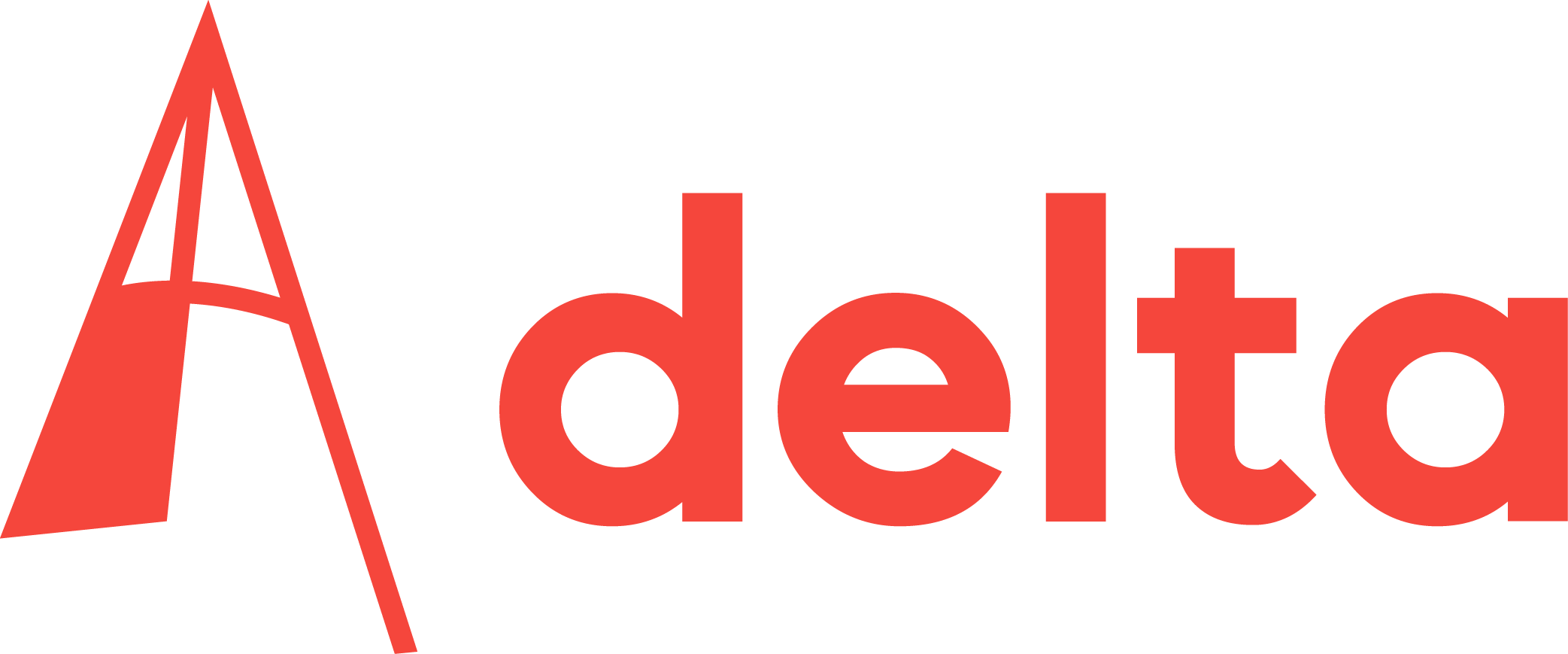How do you make a bio-laser and a bio-lens out of bacteria? A team of ten TU Delft students will work through the summer to make these ideas into reality. The ultimate goal is to win the International Genetically Engineered Machine (iGEM) competition, the biggest in synthetic biology.
As nine of the ten members are women, the iGEM team forms an exceptional group of students considering the number of men at TU Delft. They will compete in Boston with 300 other teams from all around the world. Participants have to solve a societal problem using microorganisms by giving them a special property. The TU Delft team uses the DNA of jellyfish and sea sponges to make their microorganisms into extraordinary beings.
The TU Delft group focuses on bio-optics, which is important for visualising and understanding a cell. The light inside a cell is tracked with bio-optics, thereby exposing the cell’s mechanisms. Existing technologies that use fluorescence are good, but not good enough. Therefore, the team wants to design a bio-laser to provide sharper images. In this way, diseases like cancer can be tracked. But the team is up to more challenges. Based on the bio-laser idea, they will also design a bio-lens. This could be used as a camera for smartphones or as a coating in solar panels to increase efficiency.
And believe it or not, these innovative plans will be carried out by bacteria. DNA originating from a sea sponge is inserted in the bacteria, which will ensure production of protein. This particular protein can make a bacterium build a thin layer of glass around itself. The result is a tiny glass ball with a bacterium inside. One of the challenges the team has to deal with is the removal of the bacterium. The remaining ball of glass is then nothing more than a tiny lens.
If another piece of DNA is inserted, like the one from the jellyfish, the cell will make fluorescent proteins, meaning that they can emit light. By combining the glass-making protein with the light-emitting protein, they can ensure that light emitted by the cell will be reflected multiple times in the glass before leaving the bacterium. This builds up the energy and a small bundle of light, or laser, will be the result.
If the TU Delft iGEM team succeeds, they will have made the world’s first bio-laser and bio-lens which operate in an independent way. “It is a unique project,” said Célina Reuvers. “We receive help from PhD students and professors, but it’s mostly our own design and creation.” The team will present their project in Boston in October of this year.


Comments are closed.